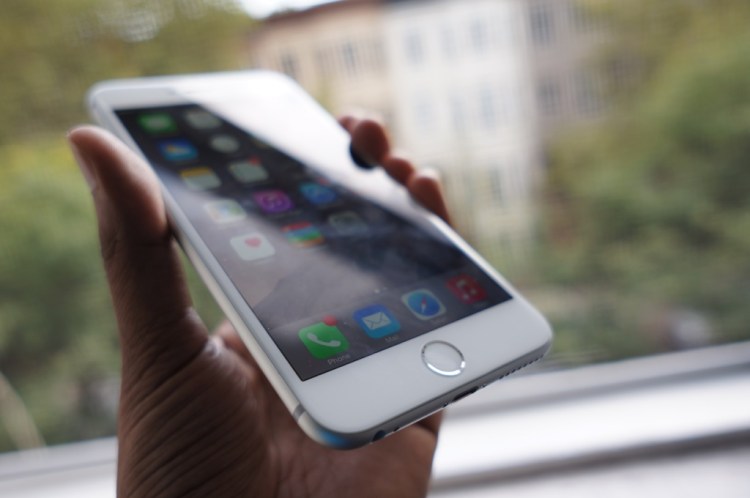It was only a matter of time before the Earth’s most populous nation was also its biggest consumer of apps.
China finally surpassed the United States it terms of the number of iOS apps downloaded in the first quarter of 2015, according to the latest report from industry-tracking firm App Annie. This is likely due to the launch of the iPhone 6 and iPhone 6 Plus in the region late last year. Chinese consumers have long shown a preference for smartphones with larger screens, and the iPhone 6 is the first time Apple has had something comparable to the large Android handsets. This will continue to give Apple a chance to capture the majority of the world’s potential $30 billion mobile gaming market in 2015, which makes up a huge chunk of the company’s App Store revenue.
“In Q4 2014, shipments of smartphones with screen sizes between 5 and 7 inches constituted roughly 60 percent of total smartphone shipments in China as compared to roughly 40 percent worldwide and in the United States,” reads App Annie’s report. “Thanks to this, the iPhone’s share of the smartphone installed base crossed 7 percent in 2014.”
China has 1.36 billion people, and its economy is enabling more of its residents to adopt smartphones every day. It’s a mammoth market that has the power to sway the entire industry.
“China’s ascendance was primarily driven by downloads of games and photo/video apps,” continues the App Annie report. “Pitu, published by Internet giant Tencent, became one of China’s most popular photo apps in Q1 2015 thanks to its easy to use beauty, make-up, and cosplay filters. Photo sharing apps like IN and Fotoplace also performed well in the quarter.”
VB Insight vice president of research John Koetsier argues that while this was inevitable, it’s still shocking.
“With almost four and a half times the U.S. population, China is simply huge,” said Koetsier. “In addition, the quickly-growing Chinese middle class is looking for status symbols, which shiny i-Devices deliver.
“The real challenge now is two-fold: for foreign developers — that’s us — to make apps that appeal to Chinese consumers and for the monetization market to mature in concert with the device and download numbers.”
China is also growing in terms of revenue, but it still lags behind the United States in this category. That makes sense as Apple has only recently entered this market while it has operated in the U.S. for years and has collected American credit-card numbers for more than a decade through its iTunes store.
This makes China third overall in terms of iOS App Store revenue. It is also behind Japan, which App Annie has ranked as No. 2 (the U.S. and Japan often trade those top two spots). Clearly, Apple was smart to go through the bureaucratic mess to get into China, which is something that Google still hasn’t done with its Play app market.
VentureBeat's mission is to be a digital town square for technical decision-makers to gain knowledge about transformative enterprise technology and transact. Learn More

